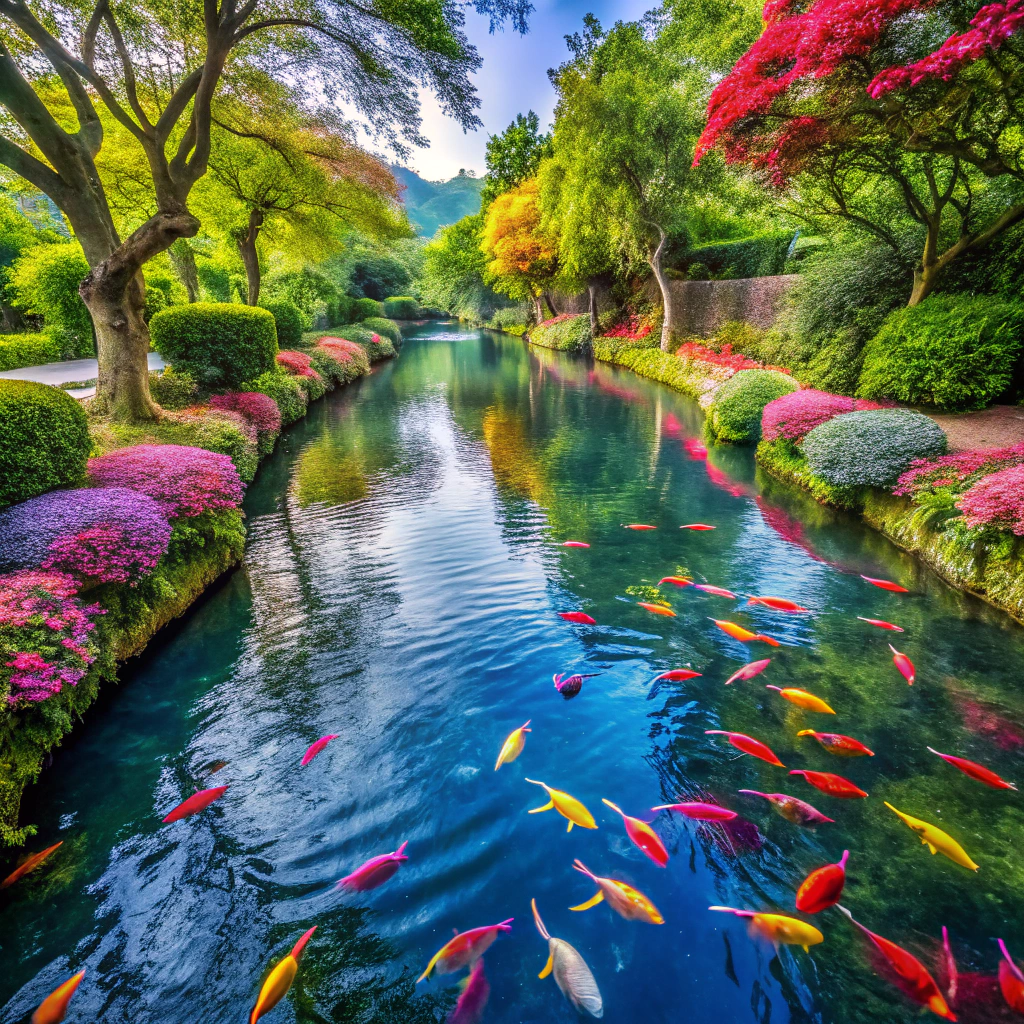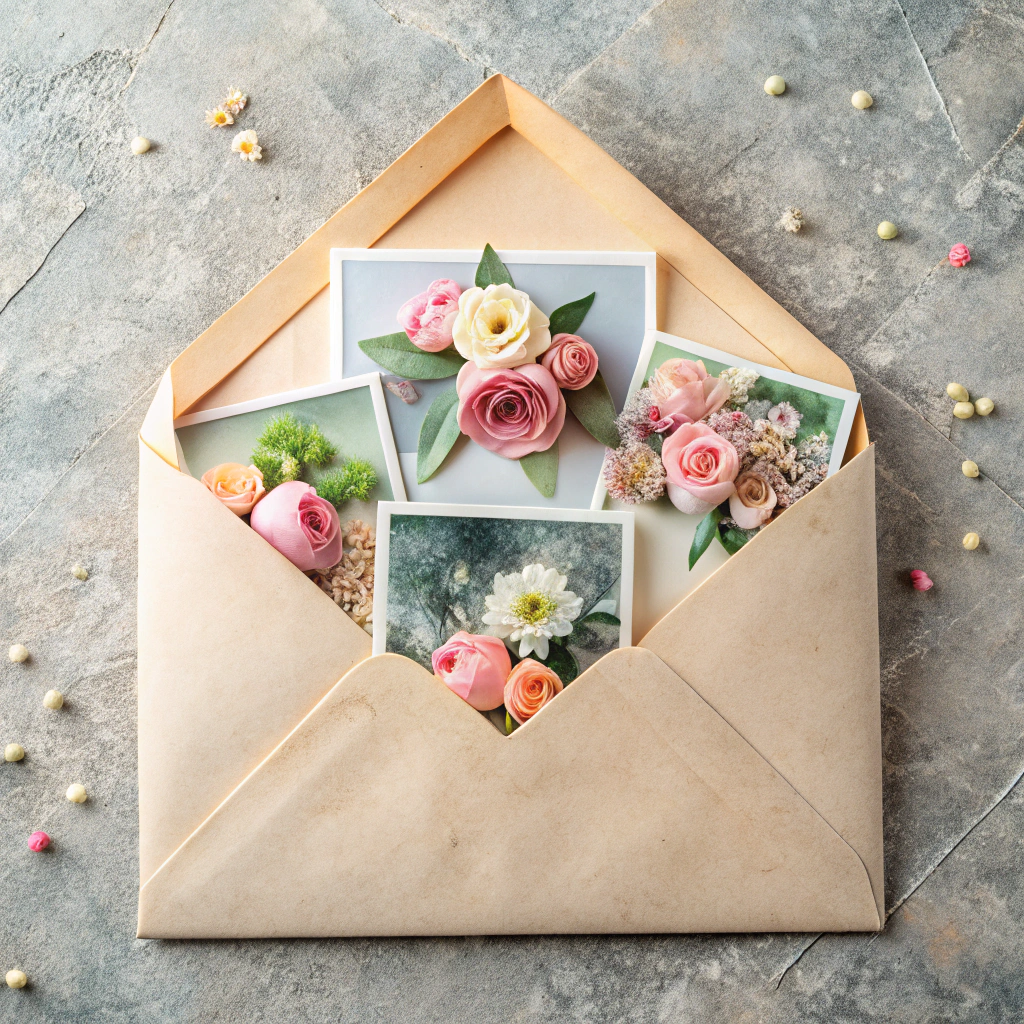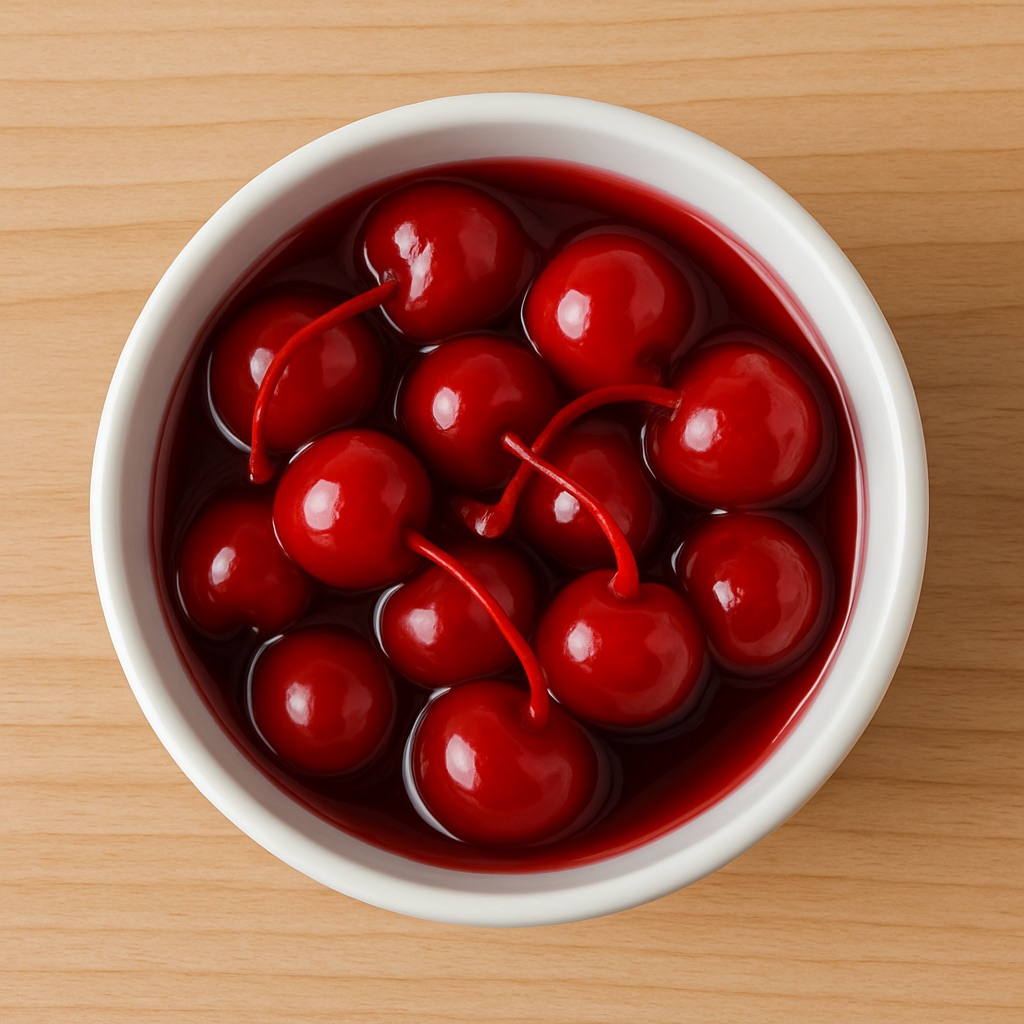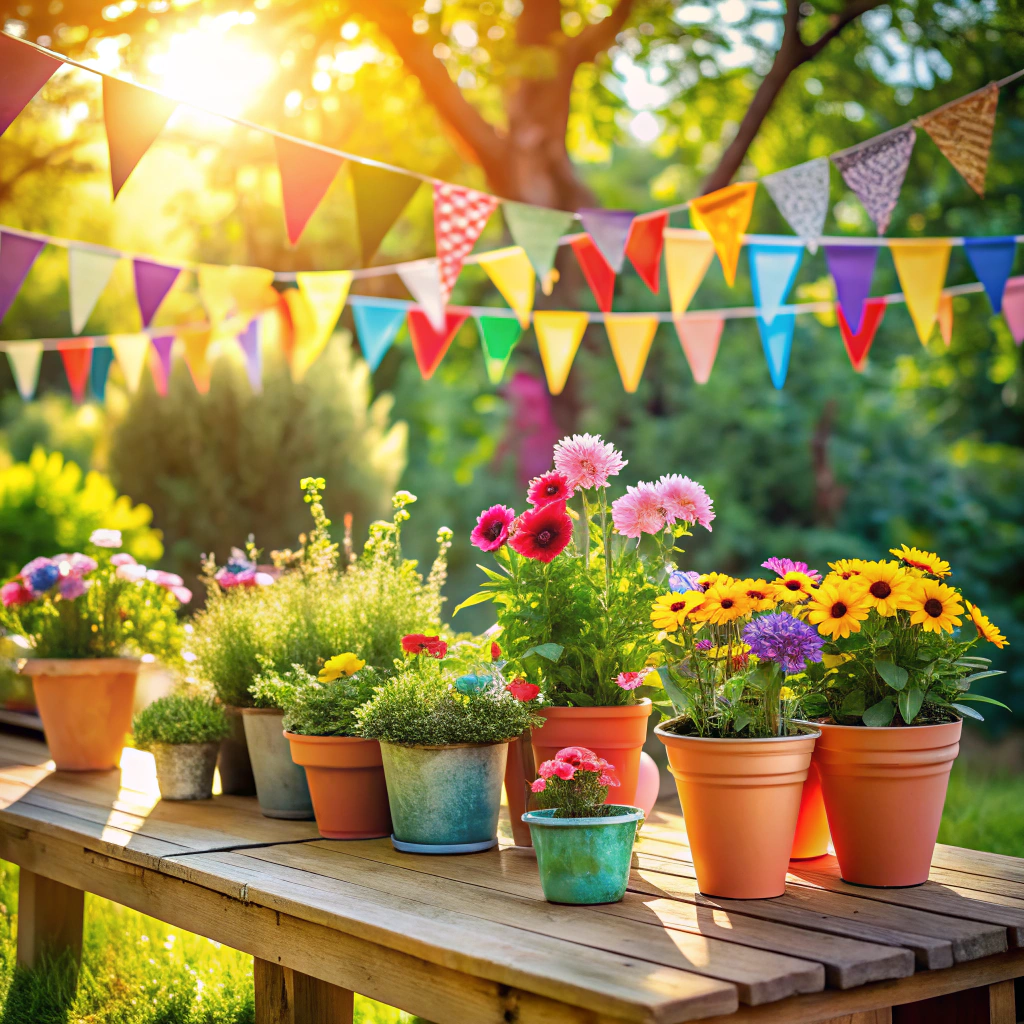Last updated on
Explore the vibrant world of chalk art festivals, where streets transform into canvases, demonstrating the evolution of this historical art form and unpacking the captivating allure these festivals hold globally.
Key takeaways:
- Chalk art festivals transform streets into temporary masterpieces.
- Chalk art has a rich history dating back to 16th-century Italy.
- Artists use a variety of chalks, including soft pastels and pastel pencils.
- Chalk art themes range from Renaissance-inspired to contemporary and 3D.
- Chalk art festivals have a positive economic impact on communities.
Understanding Chalk Art Festivals
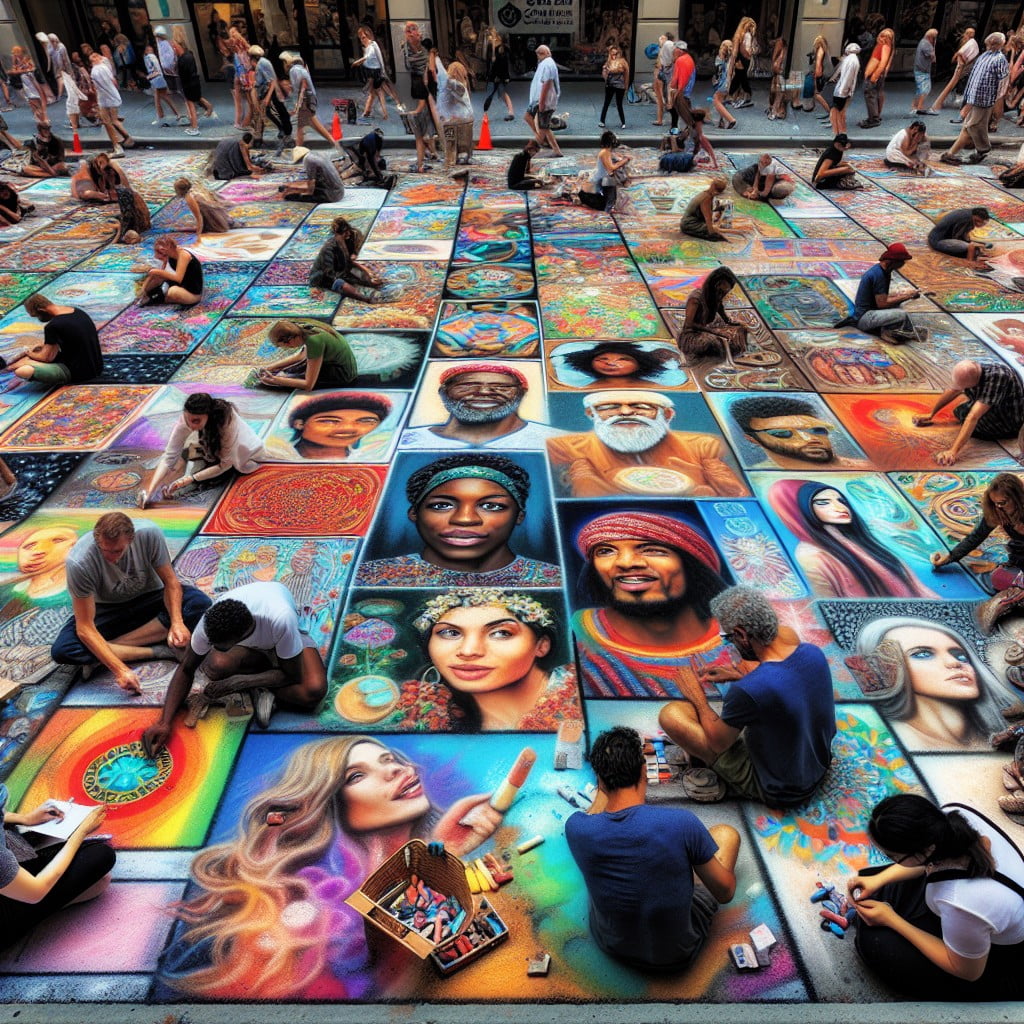
Chalk art festivals bring vibrancy to pavements and public spaces, transforming them into canvases for temporary masterpieces. These events draw on a rich tradition of street painting that dates back to 16th-century Italy, where artists created images of the Madonna on the pavement.
Today, artists often work in the spirit of these original ‘madonnari,’ crafting both classical and contemporary pieces.
At these gatherings, artists of various skill levels—ranging from seasoned professionals to enthusiastic novices—convene to share their creativity with the community. Each participant is typically assigned a section of pavement and uses a variety of chalks, which can range from basic sidewalk chalk to richly pigmented artist’s pastels.
The resulting artwork may cover an array of subjects from lifelike portraits to surreal landscapes.
Spectators can watch as these vibrant works come to life, providing a unique opportunity to engage with artists and the creative process. As ephemeral art, chalk drawings are not intended to last, giving the festival an air of impermanence that underscores the beauty and fleeting nature of the experience.
History and Origins of Chalk Art
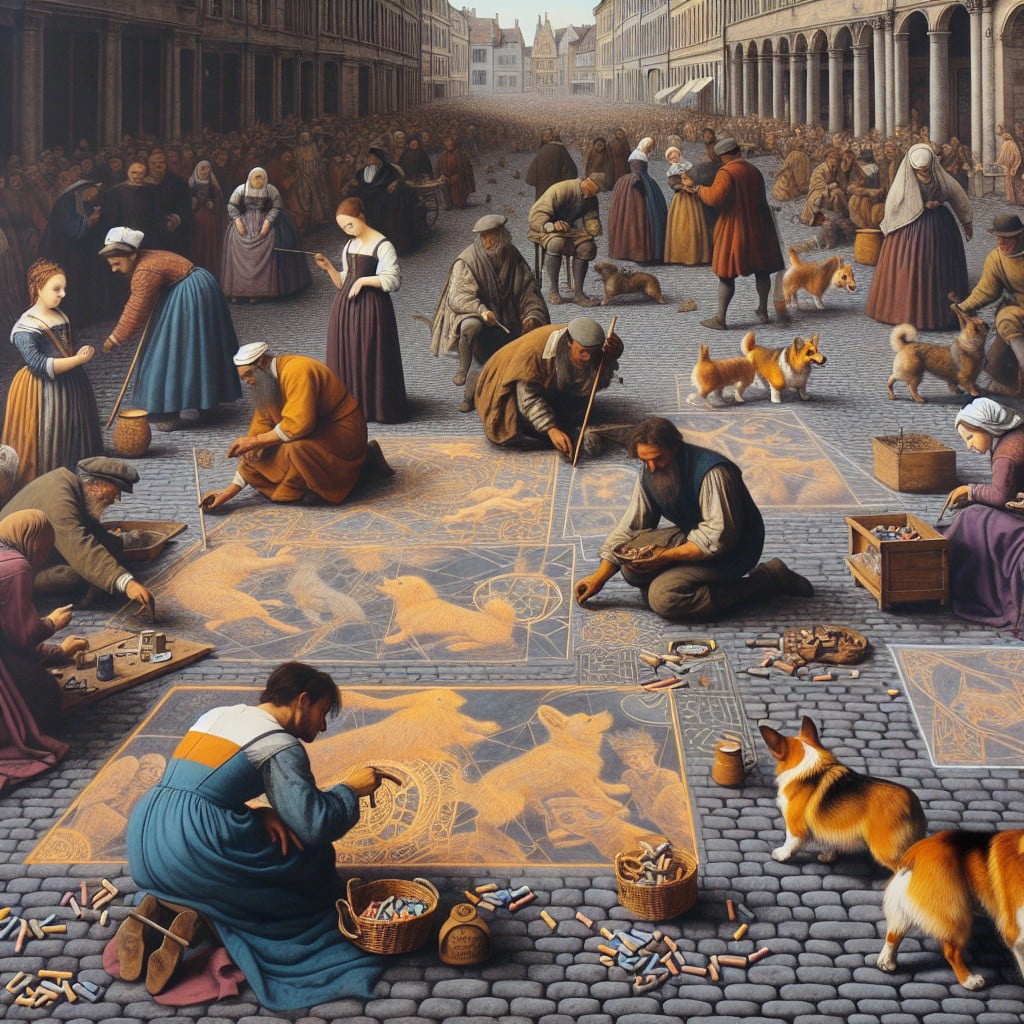
The tradition of creating art with chalk dates back to 16th-century Italy when street artists, known as Madonnari, would draw images of the Madonna on the pavement. This practice was especially prevalent during religious festivals, providing a transient yet poignant medium for storytelling and spiritual expression.
These artists often lived a nomadic lifestyle, traveling between festivals to showcase their work and relying on the public’s donations for their livelihood. As pavement art spread across Europe, it reflected the local cultures and festivities.
The Renaissance-era ushered in great appreciation for street painters, but with the advent of the photographic era in the 19th century, the art form experienced a decline. It wasn’t until the late 20th century that a resurgence occurred, with festivals dedicated to chalk art becoming popular in communities around the world.
Today, the spirit of the Madonnari lives on through these festivals, where artists create intricate and large-scale works not just of religious figures but also of contemporary and historical subjects, abstract patterns, and 3D illusions, transforming streets and sidewalks into vibrant galleries.
Types of Chalk Used in Festivals
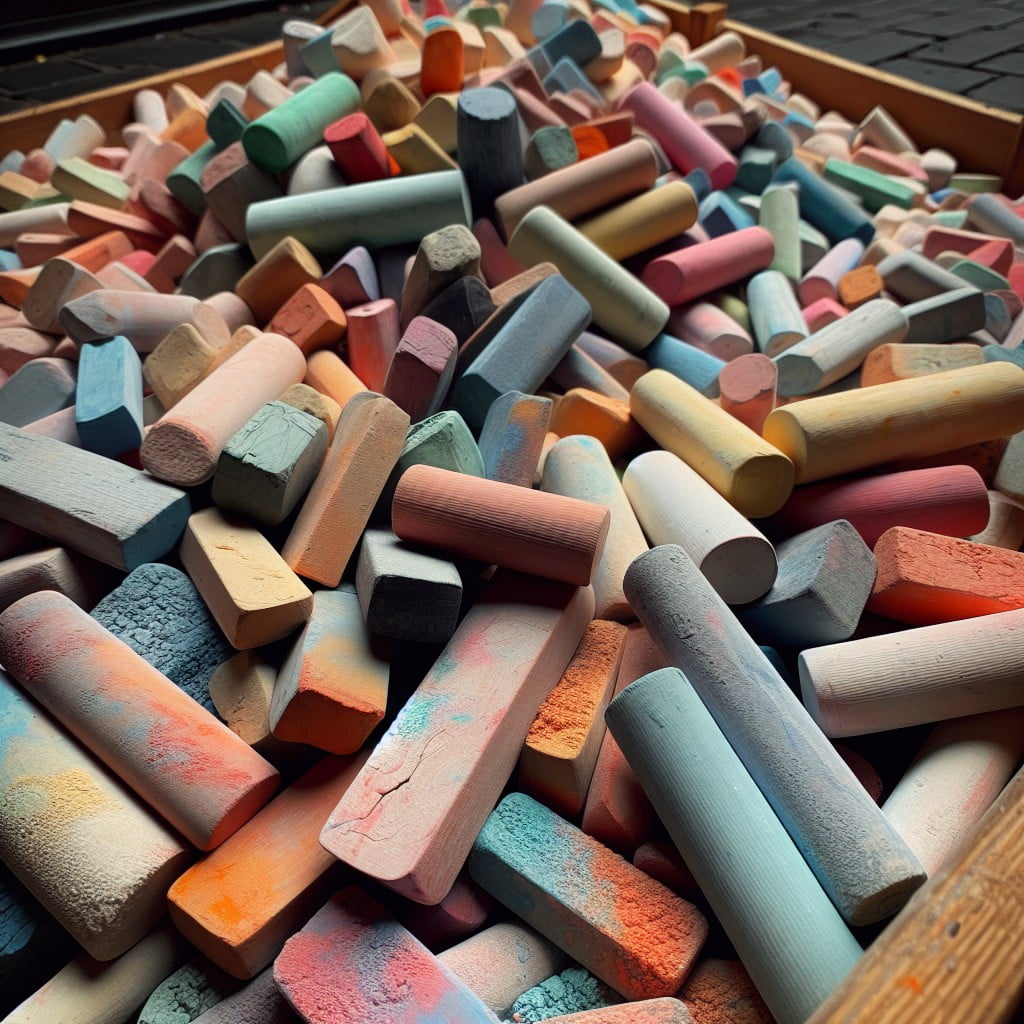
Artists at festivals often opt for soft pastels due to their rich pigmentation and smooth texture, which enhance the artwork’s vibrancy and detail when applied to pavement.
Unlike traditional classroom chalk, these pastels contain less filler and a higher concentration of pigment, offering a spectrum of shades that cater to an artist’s creative palette.
Some professionals select water-resistant or oil-based pastels to ensure their creations withstand foot traffic and light weather conditions throughout the event.
For fine lines and intricate details, pastel pencils are another commonly used tool, providing precision that bulkier sticks cannot.
Eco-friendly options are available too, with various brands offering non-toxic and biodegradable pastels, minimizing the environmental impact while still delivering high-quality artistic results.
Examples of Chalk Art Themes
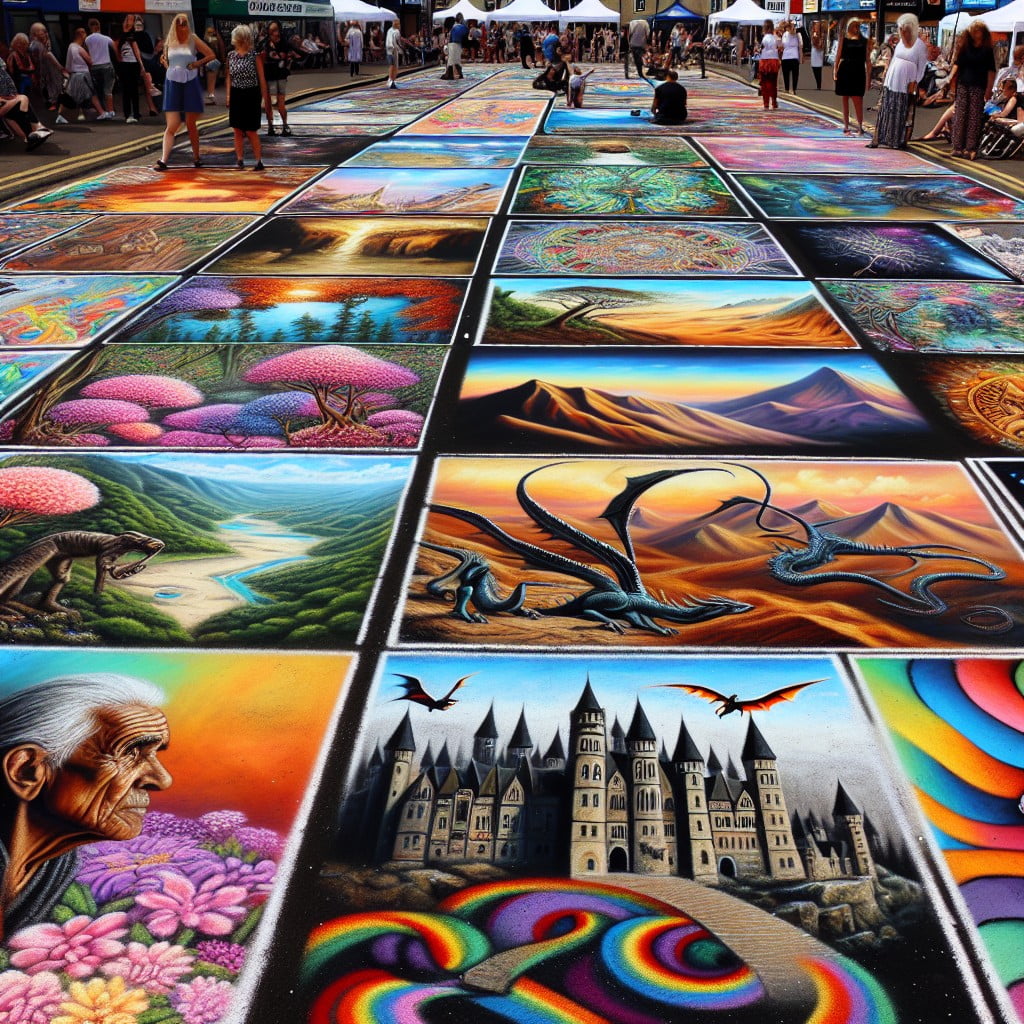
Festivals celebrating chalk art often feature a dazzling array of themes, showcasing the versatility of this medium. Artists draw inspiration from a multitude of sources, leading to murals that:
– Pay homage to the Renaissance, mirroring the techniques and subjects of the era’s masterpieces. – Spotlight contemporary issues, using vivid imagery to provoke thought on social, environmental, or political matters. – Celebrate local culture and landmarks, fostering community pride through recognizable scenes and motifs. – Focus on illusion and 3D art, creating interactive pieces that invite viewers to become part of the scene. – Highlight mythology and fantasy, bringing to life dragons, faeries, and other fantastical creatures in vibrant hues. – Promote festival themes, often encapsulating the spirit of the event such as annual celebrations or historical commemorations.Each theme is a canvas for diversity and creativity, drawing both artists and spectators into a colorful dialogue.
Preparation for a Chalk Art Festival
Effective preparation is essential for a successful chalk art festival. It begins with selecting a suitable location, such as a street, park, or public square, where artists can create and audiences can comfortably view the art. A close collaboration with local authorities ensures that all necessary permits are secured and public safety measures are in place.
Organizers must also provide a smooth, clean canvas by power washing the pavement ahead of time and demarcating specific areas for each artist. This ensures a well-organized space that is conducive to creativity and easy navigation for spectators.
Supply stations stocked with high-quality chalk, blending tools, and sealing sprays should be strategically placed to support artists throughout the event. Additionally, amenities such as first aid, hydration stations, and shaded rest areas are vital for both artists and attendees, especially during warmer months.
Communication is key, so providing clear information about the event schedule, rules, and guidelines ahead of time helps participants plan their involvement, whether creating, volunteering, or observing. Engaging local schools and art programs can also amplify participation and foster a sense of community around the festival.
The Role of Artists At Chalk Art Festivals
Artists breathe life into chalk art festivals, transforming public spaces into open-air galleries with their dynamic creations. Here’s a look at their multifaceted role:
- Visionaries: They conceive ideas that interweave color, technique, and surface to tell engaging visual stories.
- Performers: Their artistry isn’t confined to the final product; the process of creation becomes a performance, drawing crowds and fostering a connection with spectators.
- Educators: Through workshops or casual interactions, they share techniques, fostering artistic growth in communities.
- Competitors: Many participate in contests, showcasing their skills under thematic, stylistic, or time constraints.
- Activists: Some utilize the platform for social commentary, highlighting pressing issues through poignant imagery.
Community Involvement in Chalk Art Festivals
Chalk art festivals are vibrant showcases that thrive on vibrant community participation. Locals often play a role in organizing events or volunteering during the festival. Schools and youth organizations frequently get involved, providing a platform for young artists to explore their creativity and for kids to partake in hands-on workshops.
Festival-goers are also encouraged to engage with artists, ask questions, and learn about the artistic process. Some festivals might feature community squares, where attendees are invited to pick up chalk and contribute their own designs alongside professional pieces.
Businesses in the vicinity often sponsor squares or provide financial support, which in turn helps promote local commerce and generate a collaborative atmosphere. Additionally, residents may be involved in voting for their favorite pieces, fostering a sense of ownership and pride in the collective artwork created.
Judging Criteria for Chalk Artwork
When evaluating chalk artwork, judges typically consider several key elements to determine the winners:
- Creativity: This assesses how original and innovative the concept is, alongside the unique approach of the piece.
- Composition: This looks at the layout and how effectively the artwork uses the designated space.
- Use of Color: This criterion focuses on the artist’s choice and application of colors, taking into account harmony, balance, and vibrancy.
- Technical Skill: The degree of difficulty and the artist’s proficiency with chalk as a medium are analyzed here.
- Adherence to Theme: If the festival has a specific theme, judges evaluate how well the art reflects this concept.
- Overall Impact: This subjective measure gauges the emotional or visual effect the piece has on the audience.
By considering these factors, judges aim to ensure a fair and inspiring competition, recognizing talent and effort across the chalk art spectrum.
Preservation and Duration of Chalk Artwork
Chalk artwork is, by nature, ephemeral. The transient beauty of these pieces often means they last only as long as the weather permits, which can be for the duration of the festival or a few days after, if conditions allow.
To extend the longevity of their creations, artists sometimes apply fixative sprays that can protect the artwork from light wind and drizzle. Festival organizers typically photograph the art throughout the event, preserving the vibrant images for future promotion and commemoration. Hosting the images online or in print also provides a way for the art to be enjoyed long after the festival has concluded.
Additionally, some events make use of sealants to help prolong the display of artworks, especially if a piece draws significant public interest and there is a desire to keep it intact for as long as possible. However, despite these efforts, the temporary nature of chalk art emphasizes the importance of experiencing the festival in person, embracing the fleeting moments of artistic expression.
Impact of Weather On Chalk Art Festivals
Weather plays a pivotal role in the success and presentation of chalk art during festivals. Here are some of the ways it can influence these outdoor events:
- Rainfall: Chalk art is vulnerable to water. Rain can wash away the detailed artwork. Organizers often monitor forecasts to plan accordingly, and some festivals provide protective coverings or move the event to a different date.
- Sunlight: Bright sun can lead to the fading of chalk colors, and it can also make the pavement hot, affecting both the artists’ comfort and the chalk’s consistency.
- Wind: Strong winds can blur or smudge chalk art. Artists may use fixatives to help adhere the chalk to the pavement and minimize wind damage.
- Temperature: Extreme temperatures, be it hot or cold, can impact both artist and medium. Cold can make surfaces brittle and challenging to draw on, while excessive heat may lead to chalk becoming soft and difficult to manage.
- Humidity: High humidity can impact the texture of the chalk and may affect the artwork’s longevity on the pavement.
Artists and organizers are always prepared with strategies to cope with these challenges, ensuring the festival remains a vibrant celebration of ephemeral art.
Economic Impact of Chalk Art Festivals On Communities
Chalk art festivals can significantly boost local economies. These events often draw large crowds, including tourists who may travel specifically to attend. Visitors typically spend money on accommodations, dining, and shopping in the area, giving local businesses a welcome surge in revenue.
Additionally, festivals may charge vendors a fee to set up booths, creating another source of income. Artists also benefit financially through potential sales of their artwork, commissions, or contest prizes. The increased visibility from the festival can lead to further economic opportunities for communities, such as future tourism or city-sponsored art projects.
Furthermore, these festivals sometimes raise funds for local charities or public arts programs, enhancing community services and the quality of life for residents.
Tips for First-Time Festival Attendees
Arrive early to avoid the crowds and secure a good view of the artworks in progress. Early hours often provide a chance to see artists at work and the evolution of their pieces.
Wear comfortable footwear and clothing suited to the weather, as you’ll likely be on your feet for extended periods and outdoors.
Consider sun protection, such as sunscreen, hats, or sunglasses, especially if the event takes place during sunny weather.
Bring a camera or smartphone to capture the transient beauty of the chalk art. Remember to ask for permission if artists are present before taking close-up shots of their work.
Stay hydrated and bring a refillable water bottle. Many festivals have water stations, and staying hydrated is key to enjoying the day.
Carry cash for vendors and food stalls. While some may accept cards, smaller operations might be cash-only.
Respect the artwork by keeping a safe distance to avoid smudging or walking on the pieces. Follow any posted guidelines regarding interaction with the art.
Engage with artists if they are open to interaction; learning about their process and inspiration can enrich your experience.
Plan your visit around any scheduled events or highlights, such as live music, workshops, or the awards ceremony, to make the most of the festival’s offerings.
Little Italy Madonnari Arts Festival
The Little Italy Madonnari Arts Festival, held annually in Baltimore, Maryland, celebrates the tradition of street painting. With artists crafting masterpieces right on the pavement, visitors witness the transformation of ordinary streets into an outdoor art gallery.
Here are key aspects of this festival:
- History Comes to Life: The event pays homage to the Italian tradition of Madonnari, street painters who have been perfecting their craft since the 16th century.
- International Flair: The festival features artists from around the world, creating a vibrant tapestry of styles and cultural influences.
- Interactive Experience: Beyond just watching, attendees can engage with artists, participate in art-making workshops, and enjoy live music and authentic Italian cuisine.
- Art Beyond Boundaries: The festival embodies inclusivity with artwork reflecting messages of peace, tolerance, and community connectedness.
- Lasting Legacy: Although the chalk art is temporary, the festival leaves a lasting imprint on the community by fostering appreciation for public art and artistic expression.
Creating Healing Waves Through Chalk Art
Chalk art offers more than aesthetic appeal; it can be a powerful medium for therapeutic expression and community healing. Artists often tap into emotionally charged subjects, giving voice to shared experiences and promoting mental well-being through visual storytelling.
The process of creating these pieces in public spaces allows for collective catharsis, as artists and viewers alike find comfort and connection in the art. Furthermore, the transient nature of chalk mirrors the concept of impermanence, encouraging a focus on the present moment—a key principle in many mindfulness practices.
Participating in or observing the creation of these artworks can foster a sense of peace, unity, and resilience within a community, demonstrating art’s ability to create ripples of healing that extend far beyond the canvas of the pavement.
Sponsors and Vendors of Chalk Art Festivals
Festivals celebrating chalk art not only showcase artists but also rely on collaborations with sponsors and vendors, making these events possible. Sponsors often include local businesses, arts foundations, and corporate entities seeking to support the arts and engage with the community. They provide financial backing, materials for artists, or in-kind services, gaining promotional benefits and customer goodwill in return.
Vendors play a crucial role by enhancing the festival atmosphere. They offer food, art supplies, and crafts, creating a vibrant marketplace that caters to attendees. Their presence adds a dynamic element, encouraging longer stays and providing an immersive cultural experience.
To ensure the success of such festivals, organizers carefully select sponsors and vendors that align with the event’s theme and values. This synergy not only enriches the festival but also helps sustain it for future years, forging enduring partnerships that celebrate creativity and community spirit.
FAQ
What is a chalk art festival?
A chalk art festival is a community event where local artists create over 200 sidewalk paintings using soft chalk pastel and water for public enjoyment throughout the duration of the festival, often held over a weekend and aimed at supporting youth art activities.
Where is the Pasadena Chalk festival?
The Pasadena Chalk Festival is held at the Plaza floor of the Pasadena Convention Center.
What is the history of the chalk art movement?
The chalk art movement began in 16th century Italy with itinerant artists, known as the Madonnari, who transformed street pavements into their canvas using chalk.
Which are the most remarkable pieces from past Pasadena Chalk festivals?
Some of the most remarkable pieces from past Pasadena Chalk festivals include the hyper-realistic 3D street art "Water World" in 2019, the impactful "Child Soldier" piece in 2013, and the vibrant "Tropical Paradise" mural in 2015.
How has the Pasadena Chalk Festival influenced community art across the U.S.?
The Pasadena Chalk Festival has significantly influenced community art across the U.S. by inspiring numerous artistic endeavors, initiating community engagement, and promoting street art as a legitimate creative outlet.
Recap:

